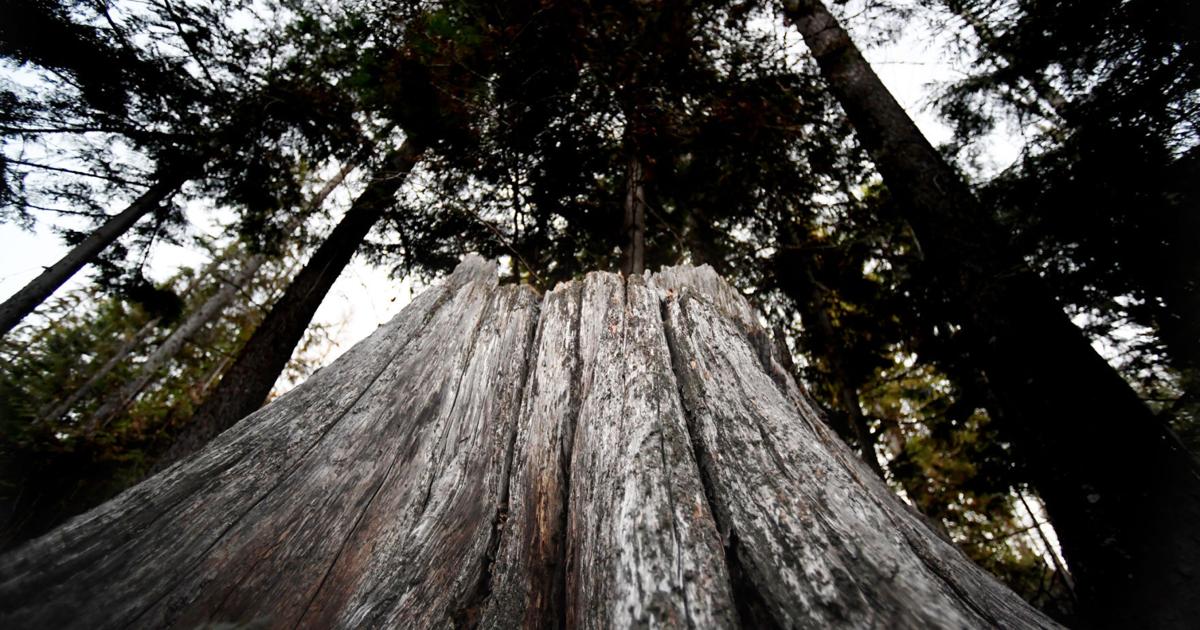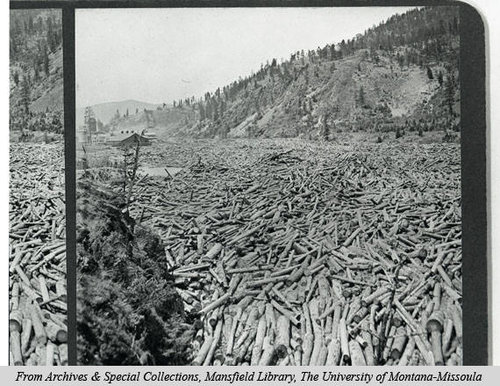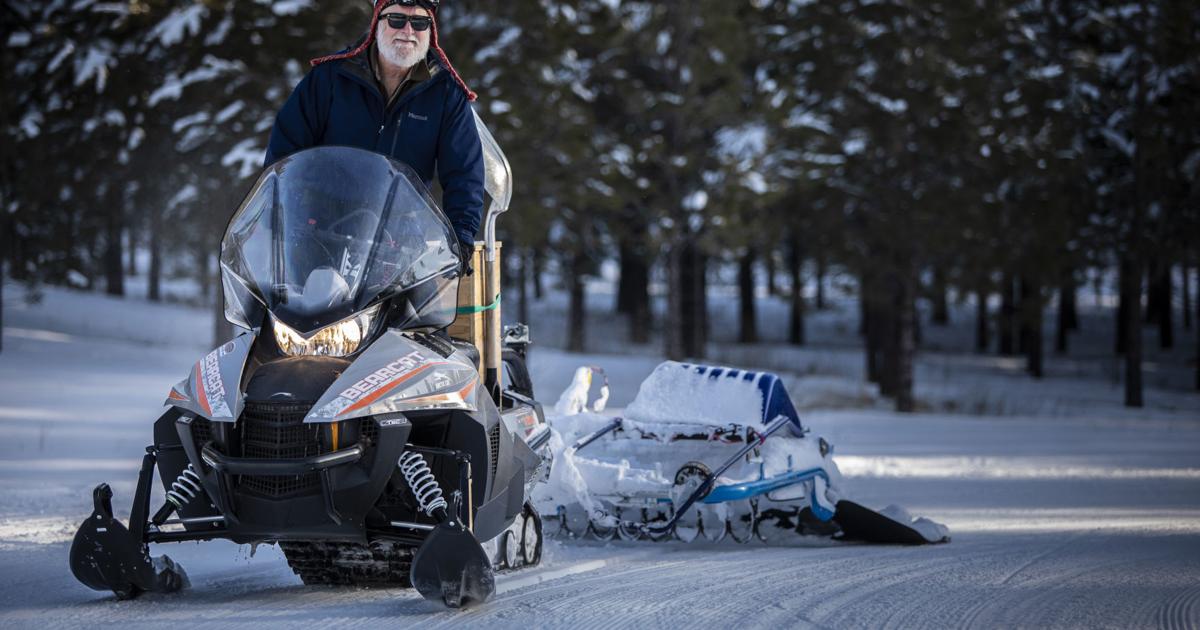diamond hitch
Well-known member
The bonding issue was for many years lack of competent professionals working for the state. Much of that was related to the really crappy wages paid plus political influence. I recommended at one time that the state auditor hire one of the many consulting firms to systematically review bond levels for adequacy. Nice thought but wasn't received well at the state. Companies were willing to foot the bill. Then we started seeing over-bonding followed by mismanagement of the funds. There is no connection between the plan the bond was calculated on and what the DEQ actually contracts to be done in the field. At one point the DEQ returned $22M of exploration bond money to Pegasus just prior to to admitting inadequate bonding for Pegasus. It has been an evolution of technology that took a while to catch up through the 90s. I have seen levels of stupidity within state government followed be stupid responses of companies.
We have seen a complete disapperance of the historic bonding paths. Most of reclamation funds last time I looked were cash.
There are documented 8,600 known mineral properties in Montana (mostly in 14 rural poor counties). In my career the most I ever saw operate was 54. When I retired I think the number was 33 plus a bunch of hobby gold miners. The sad part was that the the areas that complained the most about mining (Missoula, Bozeman) had little to no mineral or mining potential. Most of the minerals exist in southwest Montana. Stratabound copper is in Sanders and Lincoln counties - don"t confuse this with big copper pit type targets as there is little or no potential for acid rock drainage because of lack of pyrite. Most of this type has very little soil signature.
Like many things here the issues are complex and must be looked at by the each. Broad generalities followed by emotion, politics and ignorance rarely gets us to solutions.
We have seen a complete disapperance of the historic bonding paths. Most of reclamation funds last time I looked were cash.
There are documented 8,600 known mineral properties in Montana (mostly in 14 rural poor counties). In my career the most I ever saw operate was 54. When I retired I think the number was 33 plus a bunch of hobby gold miners. The sad part was that the the areas that complained the most about mining (Missoula, Bozeman) had little to no mineral or mining potential. Most of the minerals exist in southwest Montana. Stratabound copper is in Sanders and Lincoln counties - don"t confuse this with big copper pit type targets as there is little or no potential for acid rock drainage because of lack of pyrite. Most of this type has very little soil signature.
Like many things here the issues are complex and must be looked at by the each. Broad generalities followed by emotion, politics and ignorance rarely gets us to solutions.








